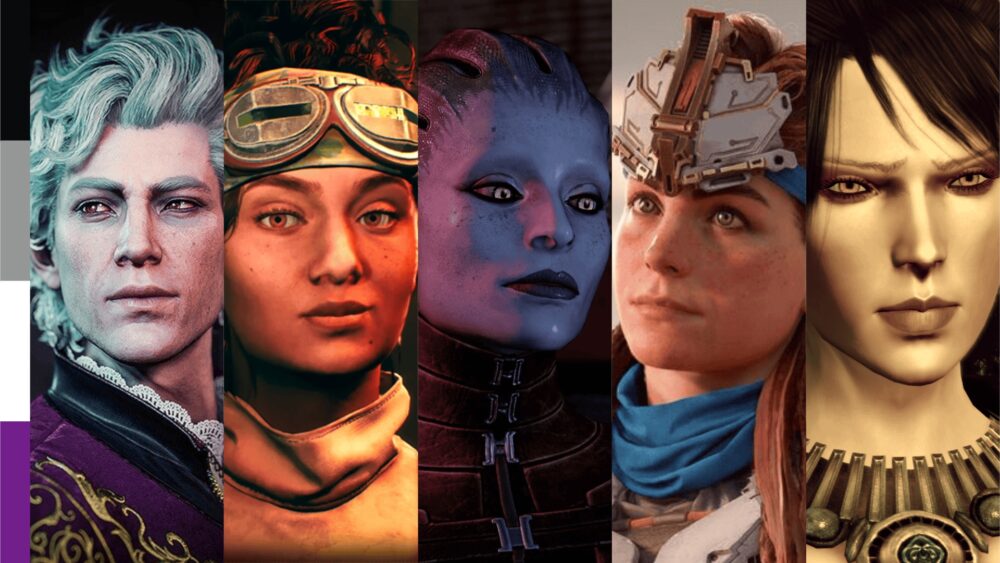
Confetti’s Cozy Corner: I want CANON asexual stories
Navigating games that link romance and sexual intimacy can sometimes feel like a minefield. So often in games which feature a romance mechanic and aim to be inclusive, they often leave out the asexual experience. Resuming my playthrough of Baldur’s Gate 3 this vividly came to mind when reflecting on RPGs where romance and intimacy are an optional storyline. Why is it when games have loads of queer representation, the asexual experience is noticeably absent?
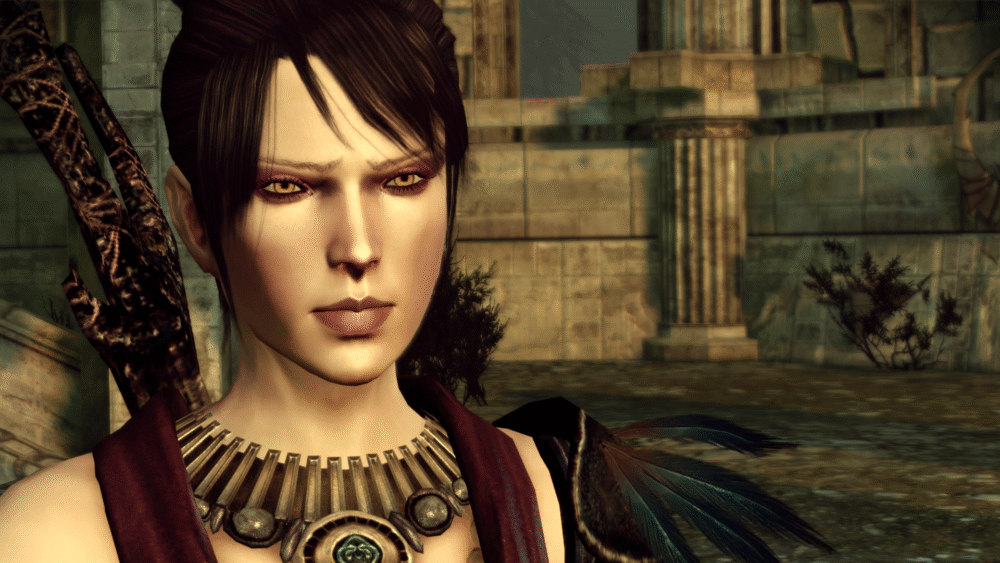
(Source PC Gamer)
RPGs have given gamers prolific and layered storytelling for years. Games like Dragon Age: Origins (Bioware, 2009), Stardew Valley (Concerned Ape, 2016) , Mass Effect (Bioware, 2007), Fable II (Bioware, 2008) and Baldur’s Gate 3 (Larian Studios, 2023) all have amazing queer representation, where players have romance and have sexual intimacy if they choose with many characters. As a player who is asexual, more often than not, our representation lies in head-canons or simply ‘choosing not to engage’ in sexual intimacy. The latter option does not give players the option for romantic closeness without “doing the do”.
It is often assumed asexuality exists in a vacuum rather than being seen as a spectrum worth of investigation and beautiful storytelling. In Dragon Age: Inquisition, my main reasoning for romancing Solas was because I believed it would be revealed he was also asexual but enjoyed romanticism to an extent [boy was I WRONG!].
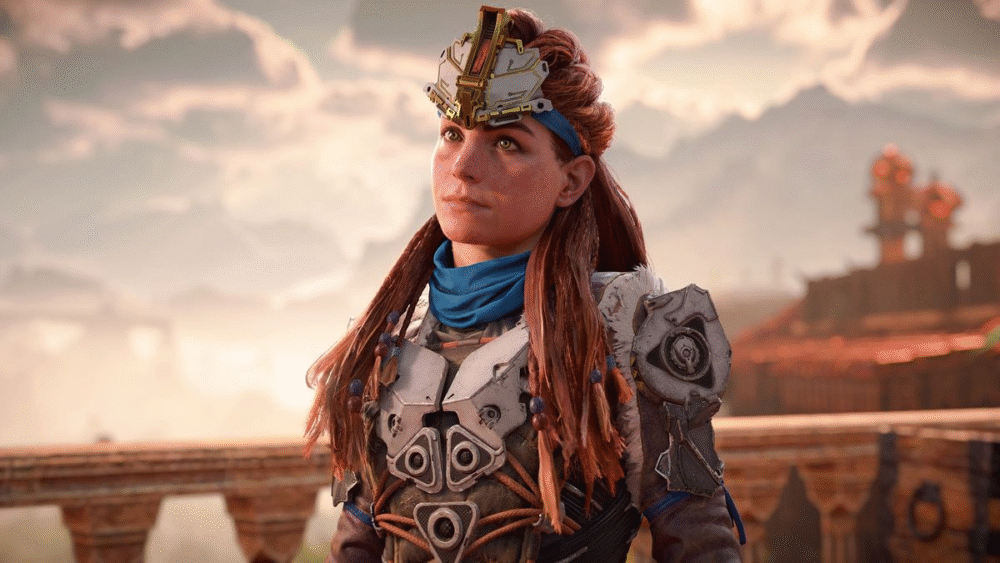
In one of my favorite series, Horizon Zero Dawn (Guerrilla Games, 2017), I hoped that it would be revealed in The Frozen Wilds DLC that not only was Aloy lesbian, but also asexual. However, the asexual part remained in the unclear head-cannon space. Genuinely I was heartbroken, because Aloy was so much like me, minus having the weight of the world on my shoulders at all times, and having that confirmed in a strong hero like her would have been great representation for ace spect folks. Her interactions with men and women when it comes to talking about intimacy felt so ace coded, and I wish that was also explored the more we found out about her.
When talking about positive representation in media, if your representation was always in a grey area, ‘up for debate’, or constantly only seen in head-canons instead of intentional positive story telling, you’d feel a bit isolated too. Sometimes even within queer spaces, speaking about asexuality can feel isolating. Sometimes the room gets quieter, eyes can glaze over, and the overwhelming excitement in a space can seep out like air slowly squealing out of a balloon.
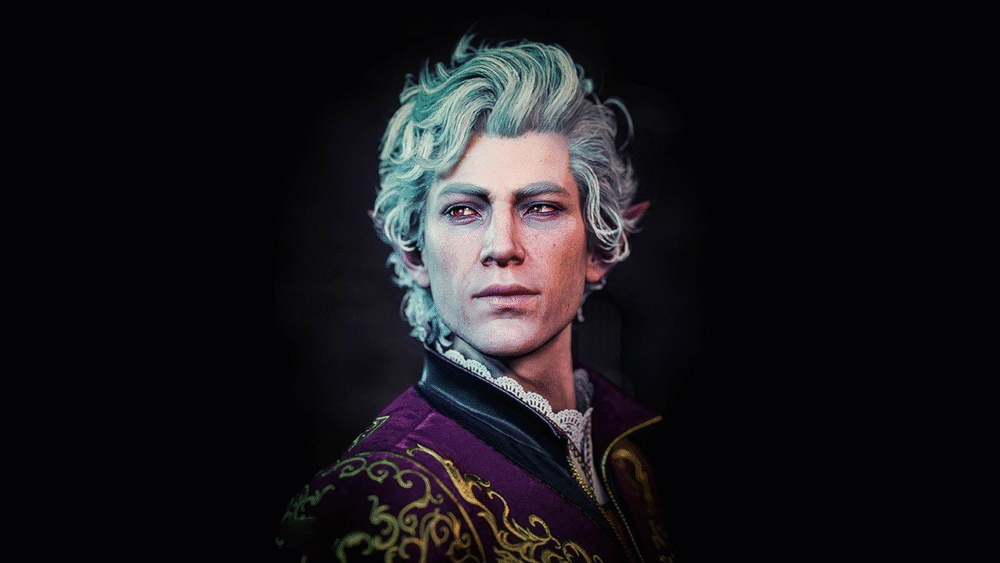
I have not finished my Baldur’s Gate 3 run, however I asked someone more familiar with the series why Astarion was so mean and rude (I do not respond well to characters like that even if there is a good reason why they are the way they are), and while it was being explained I said it sounds like not only are they panromantic/sexual but also could be asexual, more specifically Caedsexual.
My inference was met with A LOT of hostility because, according to them, Astarion would sleep with anything that moves. There are some ace spec people who are sex positive, have more than one identity, and also experience high libido. Asexuality is about attraction not the action, and libido is biological and is independent of attraction. In Astarion’s case, it sounds like he often did not really have a choice to “sleep with anything that moves”, which is trauma in a sense; but can be panromantic and if he found a partner he likes, could want to make them happy as romantic relationships and sexual intimacy are so often linked in society.
Also queer folks can often have more than one identity; an example being myself as Asexual and Demiromantic. Relationships are not black and white, and instead of seeing asexuality as a rigid definition; it should be accepted as a spectrum. So often asexuality is often treated with aggressive rigidity to those who do not seek to educate themselves or want to understand our experience. Astarion is confirmed to be Pansexual; however I feel more depth could be added to his character if caedsexuality were to be explored, of course, with MUCH care.

[Source: Victoria Barronart]
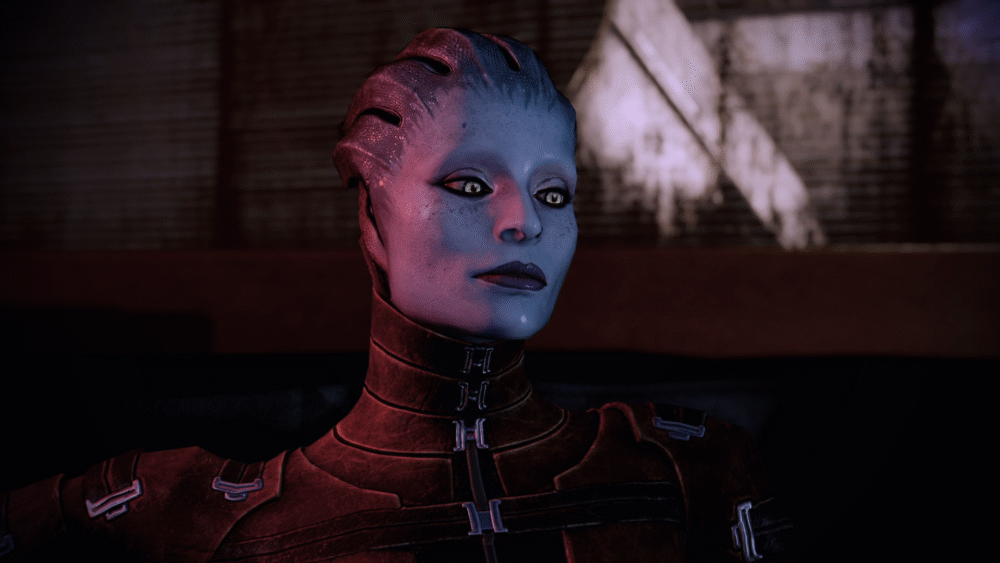
Dragon Age: Origins I feel was my asexual awakening without knowing what the word was. I did not want to have sexual intimacy with anyone but getting to know everyone meant the world to me. Also, nothing wrong with harmless flirting with Morrigan and Zevran, but anything further was a hard no for me. Of course, that was a choice the player could make, but it would have been amazing to have a story talking about not desiring sexual intimacy and what made them come to that conclusion about themselves.
In Mass Effect 2 (Bioware, 2010) when it was revealed Monrinth had a genetic condition that caused them to kill anyone who she is sexually intimate with, thus causing her to abstain from sex was a lot to unpack. Abstaining from sex does not equate to asexuality, and also sex aversion being linked to extreme violence always felt off to me.
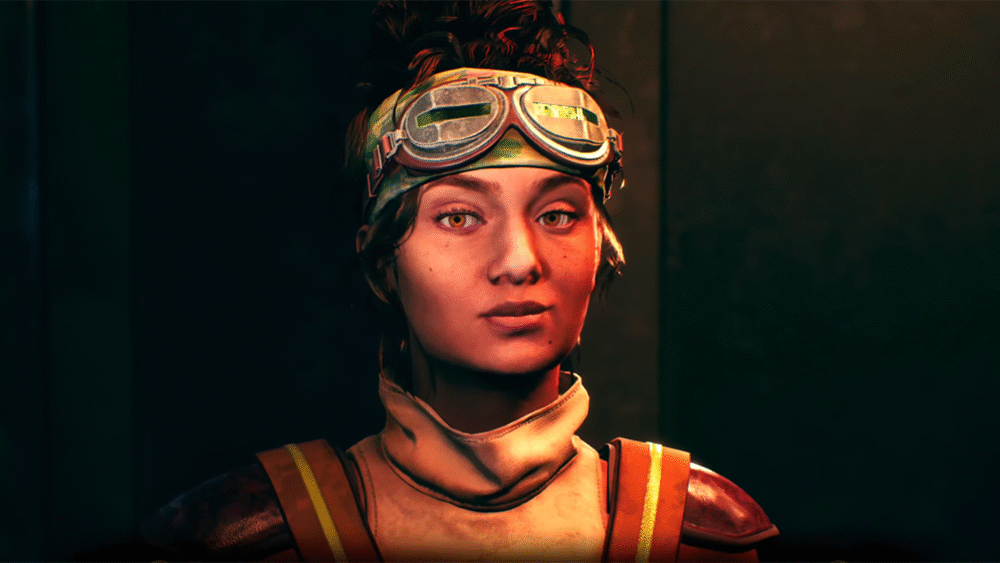
In The Outer Worlds, we get intentional story telling when it comes to the ace experience with Parvati Holcomb. It is revealed that she wants to pursue a relationship with someone but is worried that who she likes may not like her back when she reveals she is asexual and mostly sex-repulsed. Parvati’s asexuality is not used as a plot twist, justification for violence, or seen as a burden. The conversation between her and the player is normal, vulnerable and educational. In the moment Parvati reveals her anxiety, you as the player have a choice to empathize with her experience, which is the choice I made.
Parvati’s character was created by Chris L’Etoile but fleshed out by Kate Dollarhyde, when L’Etoile left the project. Dollarhyde, who is also asexual, in an interview with VICE’s Patrick Klepek, stated that she imbued Parvati with her real life experiences. People in the past have referred to Dollarhyde as cold and robotic which is a line that made it into the game. The fear of rejection in the conversations with Parvati not only stemmed from the potential of being rejected by someone she liked, but also in the vulnerability of revealing her asexuality to the player. In real life, as I described before, it can be hit or miss whether you are accepted in queer and non-queer spaces, and that anxiety can be overwhelming.
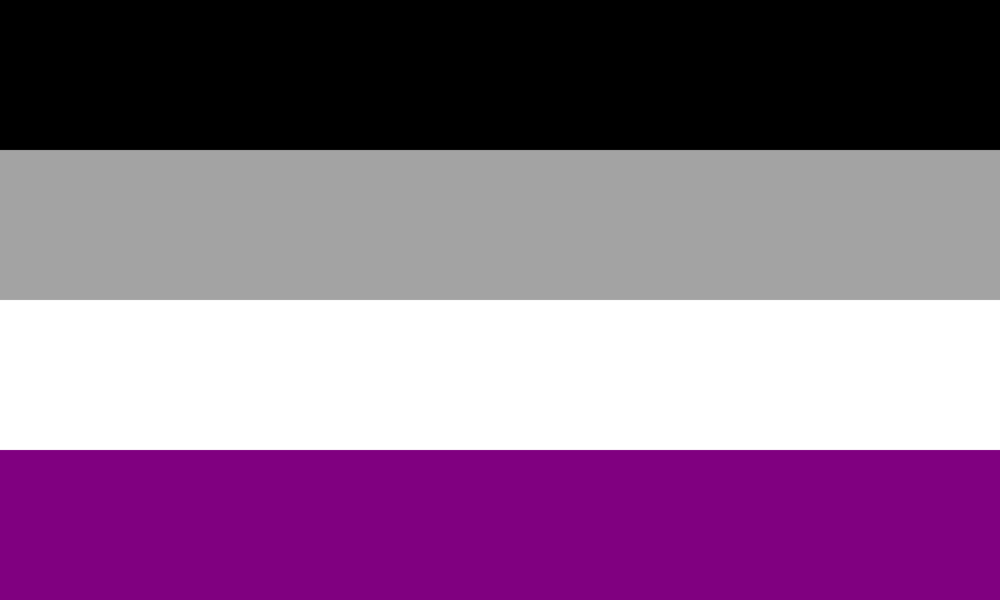
Exposure to asexual folks and positive representation in media can not only begin to normalize the asexual experience, but understand the spectrum more. I remember when I came out to my community and family as asexual and demiromantic, I was feeling so anxious I wanted to throw up. I had a friend stand by my side and read to protect me if anything bad happened, and to this day I am grateful to her. She is a queer woman herself and knew exactly what I was going through and also understood the nuance of intersectionality because I am a Black woman. I wish everyone had that understanding and acceptance but that is not always the case.
I do believe that having positive affirmed, canon representation can spark conversation and education about the asexual spectrum. Leaving asexual representation to simply telling the player to ‘not engage’ is reductive and isolating. Living in the grey in between world of head-canons and what-if’s can be okay to an extent, but exploring ace spect stories would be taking storytelling to a whole new level.
Looking at asexuality from a perspective of lack, negates our stories on how we cultivate beautiful platonic or romantic relationships, the nuance of intimacy and connection; while also dealing with the anxieties we may face in the world about being accepted. Our stories deserve to be told too, and not from a perspective of ‘lack’ but of love, authenticity and care, especially when the goal is queer inclusivity.




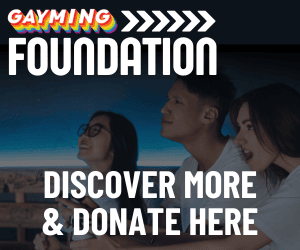
Honestly really puzzled to see Astarion on this list. His whole journey after centuries of trauma to learn what his own preferences are and what healing looks like and how sex and intimacy fit into that really don’t make him asexual.
Pingback: Linkspam: October 17th, 2025 | The Asexual Agenda